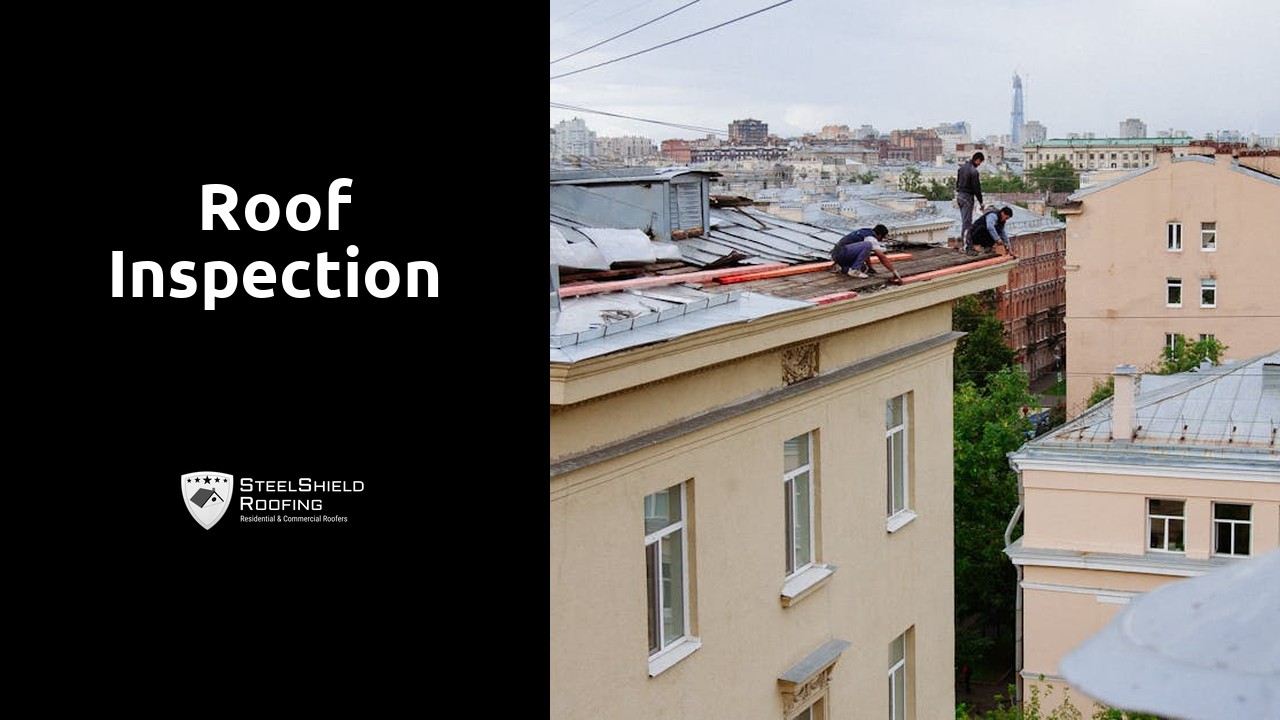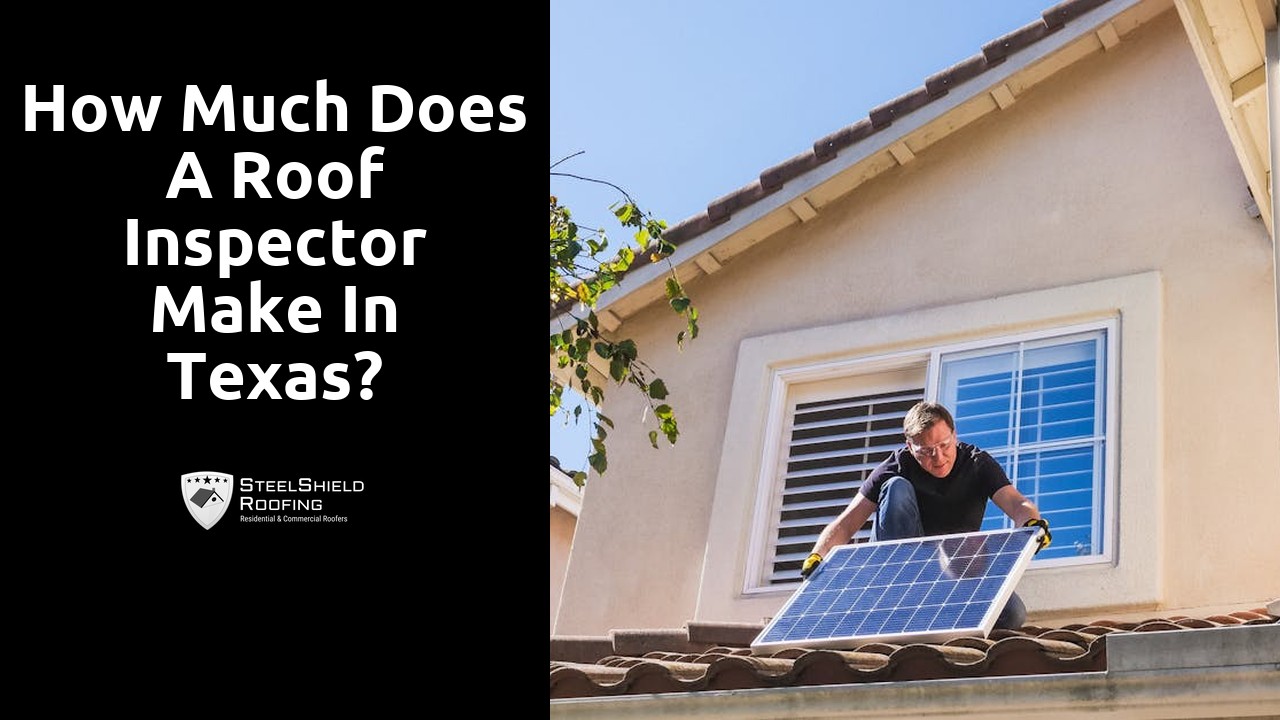
Table Of Contents
DIY Roof Inspection Tips
If you're considering conducting a DIY roof inspection, it's crucial to approach the task systematically to ensure you cover all necessary aspects of your roof. Begin your roof inspection by assessing the exterior of your roof. Start from the ground and look for any visible signs of damage, such as missing shingles, cracked tiles, or sagging areas. Inspect the gutters for debris buildup, as this can indicate potential drainage issues that may lead to water damage. Ensure you examine both the front and back of your roof to get a comprehensive overview of its condition. Roof inspection in Dickinson, TexasHere is a great resource for anyone looking to expand on this topic.
should also involve checking for any areas where the roof meets a wall or chimney, as these areas are prone to leaks and require careful examination.
Moving on to the interior inspection, head to your attic space to evaluate the underside of your roof. Look for signs of water damage, such as water stains or mold growth, which can indicate a leaky roof. Inspect the attic insulation for any signs of water saturation, as damp insulation loses its effectiveness and can lead to increased energy costs. Pay close attention to any areas where light is peeking through, as this can signify gaps or holes in your roof that need immediate attention. By following a methodical approach to your roof inspection, you can identify potential issues early on and address them before they escalate into costly repairs.
Simple Observation Steps
Performing a basic, yet crucial, observation when conducting a roof inspection in League City, Texas can provide valuable insights into the overall condition of the roof. Start by examining the roof from a distance, focusing on any visible signs of wear and tear such as missing or damaged shingles, sagging areas, or debris accumulation. Moving closer, inspect the flashing around chimneys, vents, and skylights for any signs of rust or damage that could lead to a leak.
Additionally, pay attention to the condition of the gutters and downspouts as they can reveal potential issues with drainage. Look for any blockages, signs of corrosion, or separation from the roofline. Observing the roof during different times of the day can also help identify areas that may be prone to standing water or excessive sunlight exposure, which can impact the roof's overall longevity and performance.
Roof Inspection Checklist
When conducting a roof inspection in Dickinson, Texas, it is essential to follow a thorough checklist to ensure that all key areas are properly assessed. Start by examining the overall condition of the roof from the ground level, looking for any noticeable issues such as missing, curling, or damaged shingles. Next, inspect the roof valleys, flashings, and eaves for any signs of wear and tear that may indicate potential leaks or water damage. It is important to also check the gutters and downspouts for debris buildup or blockages that could affect proper drainage and lead to water pooling on the roof.
Moving on, focus on inspecting the roof vents, chimneys, skylights, and any other roof penetrations to confirm that they are properly sealed and in good condition. Take note of any cracks, gaps, or signs of deterioration that may compromise the integrity of the roof structure. Additionally, assess the condition of the attic space for any signs of water infiltration, such as water stains, mold, or mildew. By following a detailed roof inspection checklist, homeowners in Dickinson, Texas can proactively identify and address roofing issues to maintain a safe and sound home environment.
Key Areas to Assess
During a roof inspection in Dickinson, Texas, it is crucial to pay close attention to specific key areas to ensure the roof's integrity. Start by examining the shingles. Look for any signs of damage, such as missing, cracked, or curled shingles. Damaged shingles can lead to water leaks and should be addressed promptly to prevent further issues. Additionally, check for granule loss, as this can indicate the roof's age or potential wear and tear.
Next, inspect the flashing around chimneys, vents, and skylights. Damaged or improperly installed flashing can be a common source of leaks. Make sure the flashing is securely in place and free of any cracks or gaps that could allow water to seep in. By thoroughly assessing these key areas during a roof inspection in Dickinson, Texas, you can identify issues early and prevent them from escalating into more extensive damage.
Understanding Roof Inspection Reports
Understanding Roof Inspection Reports
Once the roof inspection in Dickinson, Texas is complete, a detailed report will be generated outlining the findings of the assessment. This report is essential for homeowners to comprehend the current state of their roof and identify any potential issues that may require attention. The inspection report will typically include information such as the overall condition of the roof, any areas of concern, recommendations for repairs or maintenance, and an estimated timeline for addressing any identified issues.
When reviewing the roof inspection report, it is crucial to pay close attention to the specifics provided by the inspector. Understanding the terminology used and the significance of the findings will empower homeowners to make informed decisions regarding the maintenance and upkeep of their roof. Additionally, if there are any sections of the report that are unclear, homeowners should not hesitate to reach out to the inspector for clarification or further explanation. A thorough understanding of the roof inspection report is key to ensuring the longevity and functionality of a home's roof.
Interpreting Findings
Interpreting findings from a roof inspection in Dickinson, Texas is crucial for homeowners to understand the current status of their roof. The inspection report will typically detail any issues discovered during the assessment, such as missing shingles, signs of water damage, or areas of wear and tear. It is important to carefully review the findings and consult with a roofing professional to determine the best course of action to address any identified problems promptly.
Upon receiving the inspection report, homeowners should pay close attention to the severity of the issues noted. Some findings may require immediate attention, while others may be minor and can be addressed during routine maintenance. Understanding the implications of the findings can help homeowners make informed decisions about repairs or replacements to ensure the longevity and performance of their roof. Regular roof inspections and thorough interpretation of the findings are essential for maintaining a safe and secure home in Dickinson, Texas.
FAQS
Why is a roof inspection important?
A roof inspection is crucial to identify any potential issues with your roof before they escalate into costly repairs or replacements.
How often should I get a roof inspection?
It is recommended to have a professional roof inspection at least once a year, especially after severe weather conditions like storms or heavy snowfall.
What are the benefits of a roof inspection?
A roof inspection can help prolong the lifespan of your roof, ensure your home's safety, and maintain your property value by addressing any issues promptly.
What can I expect during a roof inspection?
During a roof inspection, a professional will assess the condition of your roof, look for signs of damage or wear, and provide recommendations for any necessary repairs or maintenance.
Can I do a roof inspection myself?
While DIY roof inspections are possible, it is recommended to have a professional conduct a thorough inspection to ensure all areas are properly assessed and potential issues are identified.


